This historic home in downtown Norman was where UCO's Broncho mascot began
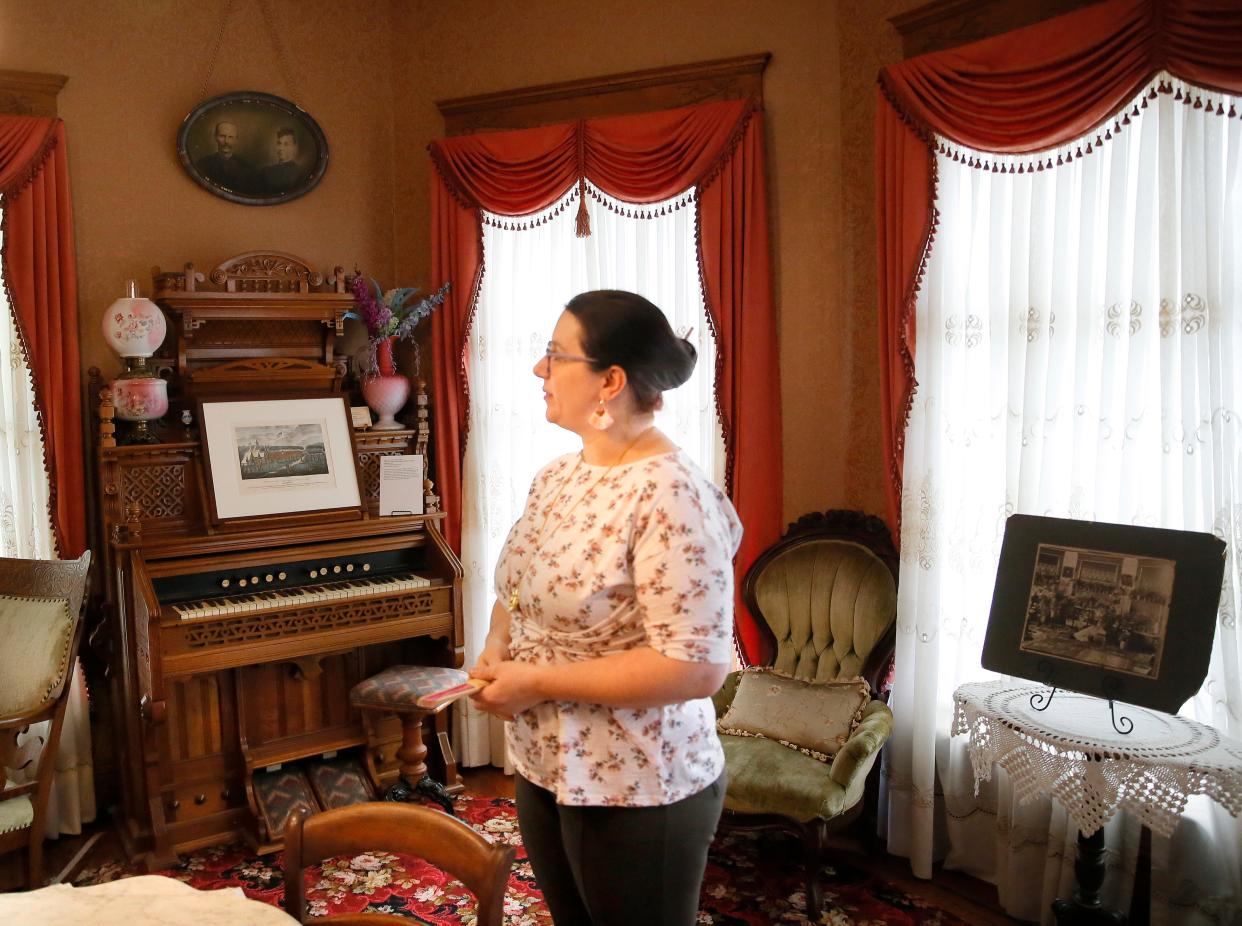
NORMAN — A stone's throw from Andrews Park and the public library, walking distance from the heart of downtown Norman and a five-minute drive away from Campus Corner stands an idyllic home that almost appears out of a storybook.
The Moore-Lindsay Historical House Museum, 508 N Peters Ave., was built in 1899 by businessman William Moore and his wife, Agnes, who moved to Oklahoma from Saint Joseph, Missouri. The house is now owned by the city.
"The city bought it in 1973, spent two years restoring it and it's been a museum since 1975," said Amy Pence, museum manager. "This museum was very established by the time I got here, and I actually don't have a museum background. I just fell in love with this place."
The Moore-Lindsay House was one of the first built in its area, and one of the most expensive — likely costing about $5,000 in 1899, compared to the average home cost of about $500-$1000 — at the time, said Pence.
The home is situated in the Silk Stocking District — Norman's first and one of its most affluent neighborhoods of the time — and is considered the best example of Victorian, Queen Anne style architecture found in Norman. The museum, which also houses the Cleveland County Historical Society, was placed on the National Register of Historic Places in November 1985.
"There are a few Queen Anne's left, but not very many. One is just down the street actually, and it's a private home," Pence said.
More: Whatever happened to the old abandoned, spooky, haunted(?) circus camp in Edmond?
A home with unique Oklahoma history
The Moores, who had no children of their own, only lived in their grand abode for about eight years, said Pence, before they sold the home to Agnes Moore's niece, Daisy Lindsay, and her husband, Harry Lindsay.
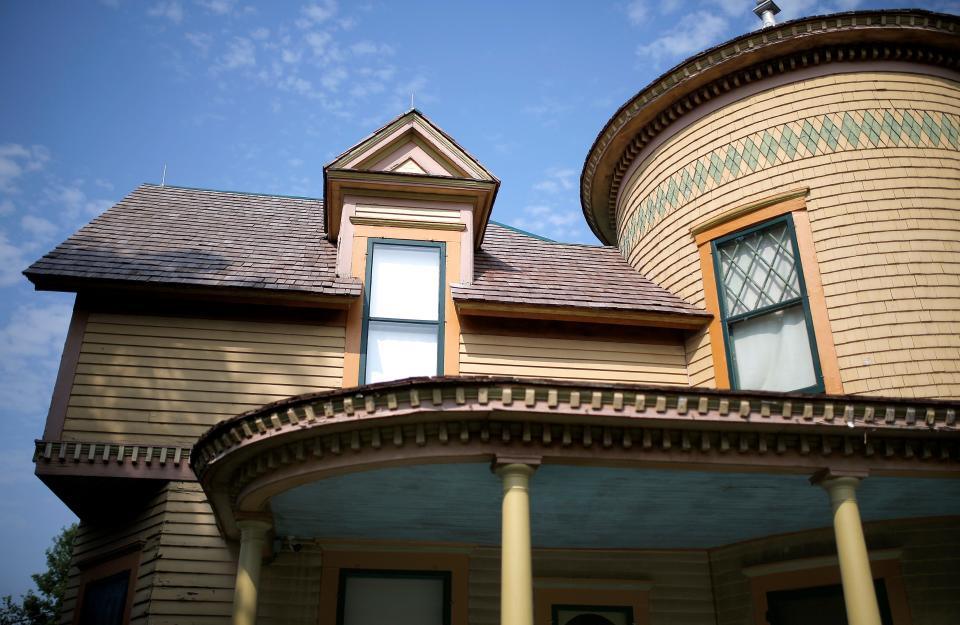
The Lindsays' daughter, also named Agnes, who would eventually spend additional time at the home helping her mother after her father's death, is also enshrined in the history of one of the metro area's other university towns. Married to Charles Wantland, coach and athletic director for the University of Central Oklahoma from 1912 to 1931, Agnes Wantland is credited with choosing the Broncho as the UCO mascot, and selecting the signature spelling.
Though Daisy Lindsay sold the house once briefly, according to Pence, she purchased it back within a year's time and the family remained in control of the home through most of the 1950s.
"In the '60s, it was converted into apartments or used as a boarding house, depending on who you talk to, how they describe it," Pence said. "Then in the late '60s, early '70s, it was condemned. We think because it still had the original 1903 electric wiring."
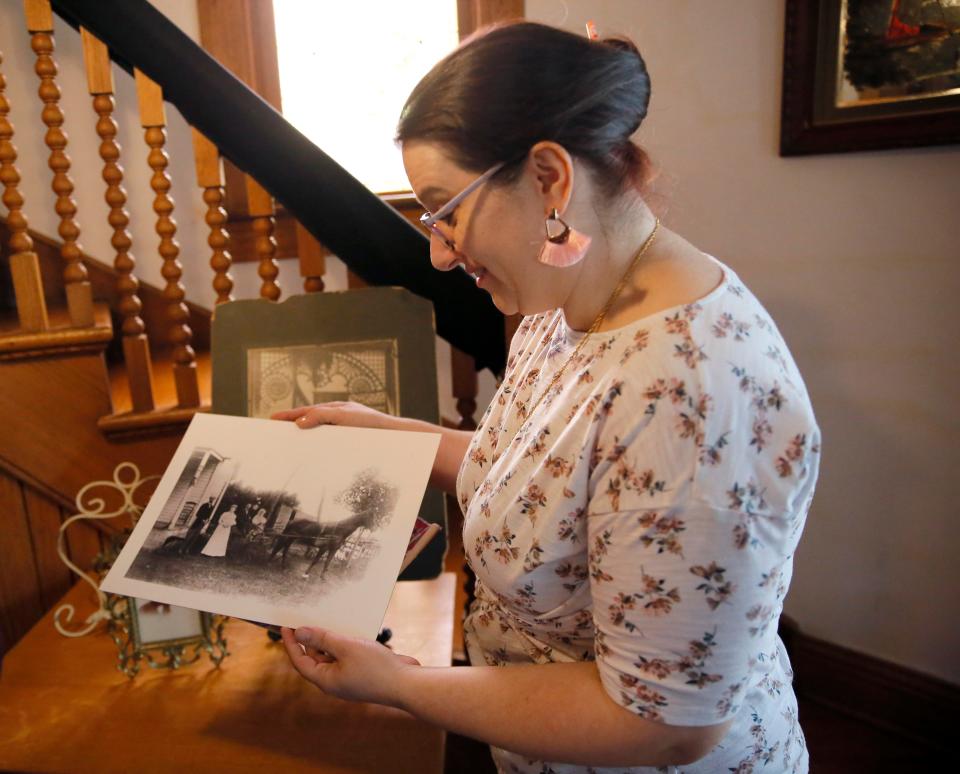
Restoring the home's historic carpenter's lace
One of the most unique interior features of the home is currently in the process of being returned to its former glory. Three distinct pieces of carpenter's lace, sometimes also called carpenter gothic or gingerbread trim — ornate wood decoration hand cut and assembled by skilled crafts people — have received full funding to be recreated.
The project — paused for a couple years due to the COVID-19 pandemic — is now back underway as a group of Oklahoma-based carpenters, the Central Oklahoma Woodturner's Association, work together to re-create the original trim.
"We finally got the first piece up about a month ago, and it is absolutely gorgeous and just a perfect match as far as we can tell," Pence said. "We have like one photo of each piece, but they did an amazing job."
More: How a giant leg lamp has a Californian in a hurry to transform a small Oklahoma city
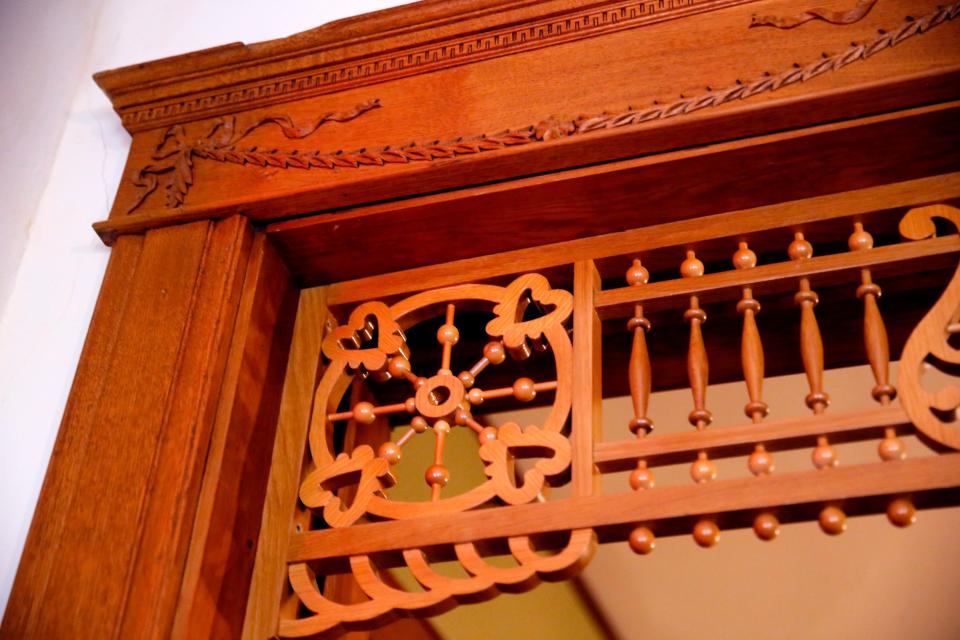
Bringing history to life through a past lived experience
While the home is owned by the city of Norman, all of the artifacts within it belong to the Cleveland County Historical Society, which still runs the museum. The museum features rotating exhibits in addition to tours of the home.
"When they come into the house, they're going to see an upper-middle class house set up as if it's about 1900, so walking back in time about 120 years," Pence said.
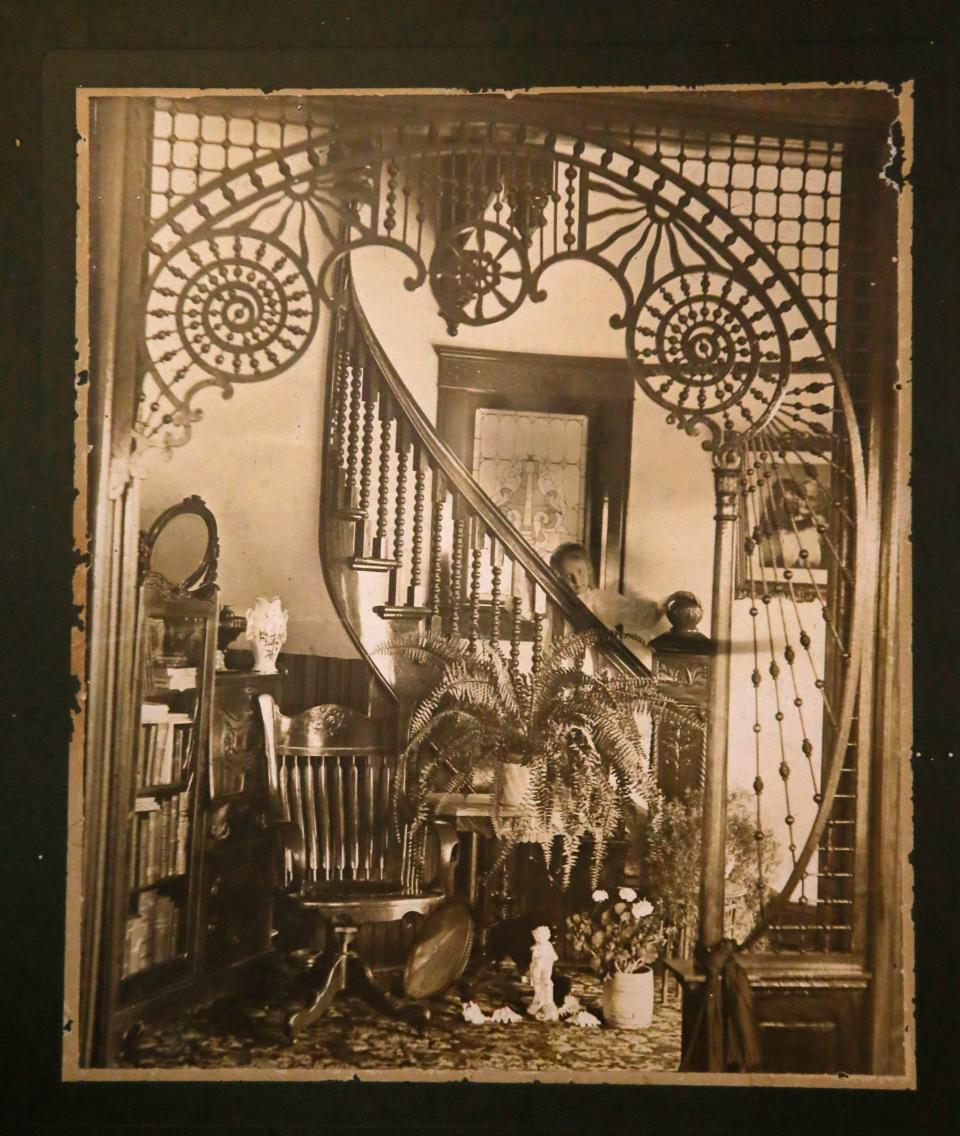
A showroom of life in the time, the home is furnished, including two parlors, a kitchen and dining room, bathroom and two bedrooms upstairs with items that while not all original to the home are authentic to the period. Room to room findings range from historic art and photos to clothing, handcrafted furniture, dishware and other artifacts.
The additional upstairs rooms house the historical society's archives and exhibit space. Archives maintained by the society feature a general research library, a photographic library and archives of turn-of-the-century documents, letters and certificates.
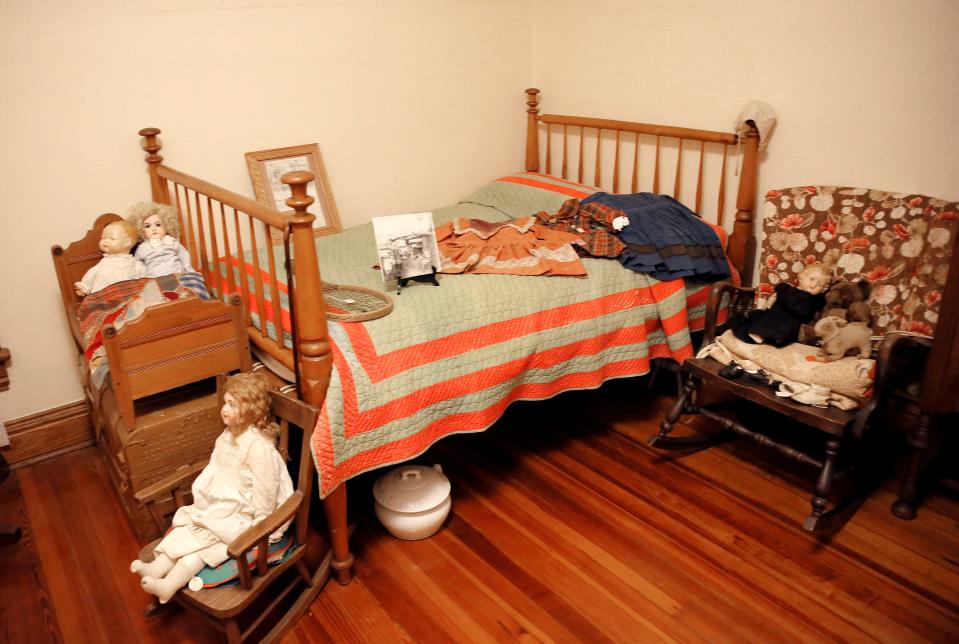
Exhibiting history and challenging narratives
The museum's current exhibit is called "Imprinting the West: Manifest Destiny, Real and Imagined" and features a series of 48 hand-colored engravings and lithographs done by artists traveling through America during westward expansion. The exhibit is on loan from the Mid-America Arts Alliance and on display through mid-August.
The art shows depictions of the "West" and Indigenous people during the period after the Louisiana Purchase. Imagery ranges from landscapes and scenes to portraits, including many hand-colored lithographs of Native leaders dressed and presented regally — a contrast to common disparaging descriptions of Indigenous people from the time.
More: The pack's all here: 20 metro restaurant patios where you and your dog are welcome
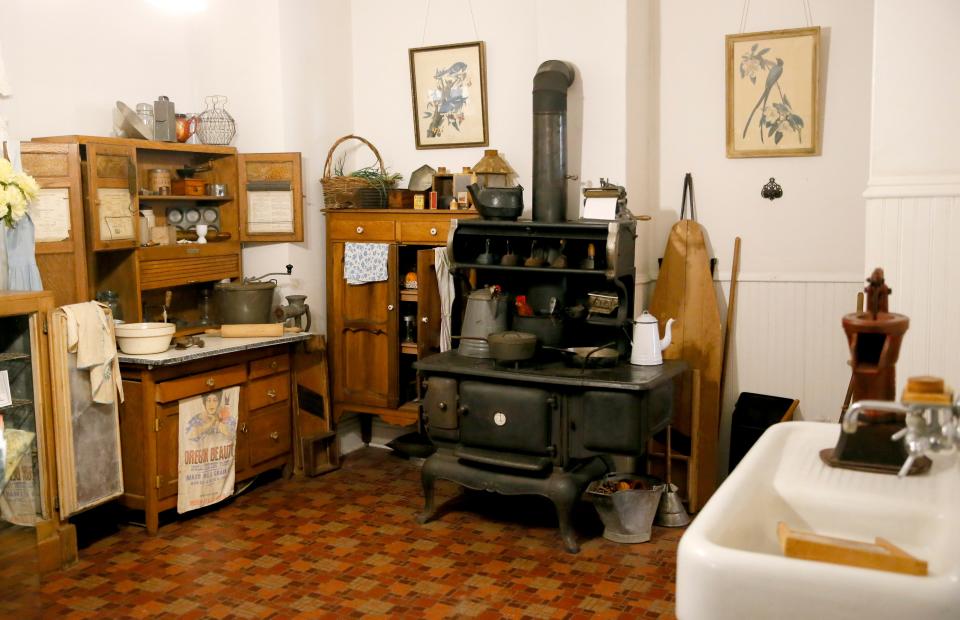
Despite being a small museum, the Moore-Lindsay House regularly uses exhibits to challenge popular narratives of history by showing a different reality through art and primary source documents.
"It's pretty amazing — especially as a small museum, in this part of the country — to find somewhere where they're willing to take that step out there and do that," Pence said.
"Last summer we had my favorite exhibit we've had the entire time I've been here. It was on Norman's history as a sundown town. We had so many people come in in their 70s, their 80s saying 'I've lived in Norman all my life and I didn't know this.' I mean they lived here when this was happening and had no idea."
Pence said the museum used entirely primary source documents from the time period for the exhibit, including newspaper articles that made the impact more powerful, allowing people to see proof and "shining that light in places that they usually keep it pretty dark."
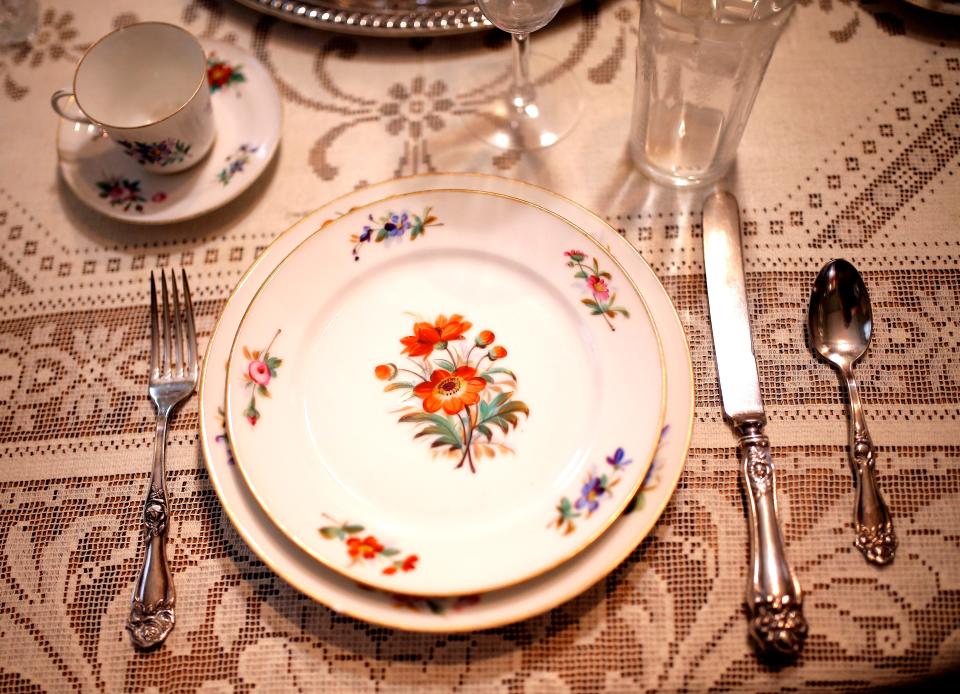
The museum and historical society are continuously collecting new pieces for their collections and archives, accepting everything from photos and documents to memorabilia and artifacts.
For more information about the Moore-Lindsay Historic House Museum, go to www.normanmuseum.org.
This article originally appeared on Oklahoman: Oklahoma history comes to life at Moore-Lindsay Historical House

